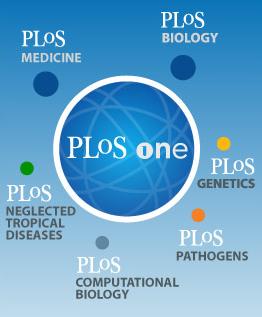 人们通常认为母乳最好,但是,奶瓶喂养的婴儿在行为上表现地更好。
人们通常认为母乳最好,但是,奶瓶喂养的婴儿在行为上表现地更好。
一项针对英国婴儿的研究表明,与配方奶粉喂养的相比,母乳喂养的婴儿哭得多、笑的少、难抚慰以及入睡难。
剑桥大学的研究人员称:“母乳喂养的婴儿容易发怒,不是紧张和饥饿的表现,而是一种寻求关注和安全感的方式。”
奶瓶喂养的婴儿看上去更胖些,这是由于他们吃得太多,像成人满足于吃一样,婴儿也容易被饮食哄得安静点。
在一项实验中,300多个婴儿3个月大时,对他们的情绪进行评测。母亲回答了关于婴儿的近200个问题,包括:对洗澡、穿衣的反应和入睡的难易。在婴儿性别、父母经济社会地位和母亲年龄3个方面,统计结果没有明显的差异,而与喂养的方式存在明确的关联。
儿科医生Ong博士称:“奶瓶喂养的婴儿可能获取更多的营养,这一点能解释他们较好的情绪,而营养过剩和体重增长太快是他们不得不面对的问题。”
最新的研究再一次阐明“母乳最好”的说法,因为它能保护婴儿免受肥胖、湿疹和一些器官病菌的危害。放弃奶粉喂养可消除婴儿后期贪吃的隐患,又能防止母亲患癌症的风险。
英国是欧洲母乳喂养率最低的国家之一,约3/4的新生儿母亲在前4个月母乳喂养,之后这一个比值下降到仅1/3。
MRC流行病学部门主任Nick Wareham教授称:“这一结果并不证实母乳喂养是婴儿易怒的原因,在这一方面了解地更多将有助于提高母乳喂养率。”然而有人称,“在一些情况下只有奶瓶才能解决婴儿的饥饿。”
Kaplinsky称:“只要婴儿和母亲都不受害于母乳喂养的行为,母乳肯定是最好的。当婴儿哭喊以及情绪不安时,一个奶瓶能让他们平静下来,这时奶瓶是最好的。”

 Breastfeeding and Infant Temperament at Age Three Months
Breastfeeding and Infant Temperament at Age Three Months
Blandine de Lauzon-Guillain, Katrien Wijndaele, Matthew Clark, Carlo L. Acerini, Ken K. Ong
Background & Methods To examine the relationship between breastfeeding and maternally-rated infant temperament at age 3 months, 316 infants in the prospective Cambridge Baby Growth Study, UK had infant temperament assessed at age 3 months by mothers using the Revised Infant Behavior Questionnaire, which produces scores for three main dimensions of temperament derived from 14 subscales. Infant temperament scores were related to mode of infant milk feeding at age 3 months (breast only; formula milk only; or mixed) with adjustment for infant's age at assessment and an index of deprivation.
Results Infant temperament dimension scores differed across the three infant feeding groups, but appeared to be comparable between exclusive breast-fed and mixed-fed infants. Compared to formula milk-fed infants, exclusive breast-fed and mixed-fed infants were rated as having lower impulsivity and positive responses to stimulation (adjusted mean [95% CI] “Surgency/Extraversion” in formula-fed vs. mixed-fed vs. breast-fed groups: 4.3 [4.2–4.5] vs. 4.0 [3.8–4.1] vs. 4.0 [3.9–4.1]; p-heterogeneity = 0.0006), lower ability to regulate their own emotions (“Orienting/Regulation”: 5.1 [5.0–5.2], vs. 4.9 [4.8–5.1] vs. 4.9 [4.8–5.0]; p = 0.01), and higher emotional instability (“Negative affectivity”: 2.8 [2.6–2.9] vs. 3.0 [2.8–3.1] vs. 3.0 [2.9–3.1]; p = 0.03).
Conclusions Breast and mixed-fed infants were rated by their mothers as having more challenging temperaments in all three dimensions; particular subscales included greater distress, less smiling, laughing, and vocalisation, and lower soothability. Increased awareness of the behavioural dynamics of breastfeeding, a better expectation of normal infant temperament and support to cope with difficult infant temperament could potentially help to promote successful breastfeeding.
文献链接:https://www.plosone.org/article/info%3Adoi%2F10.1371%2Fjournal.pone.0029326







